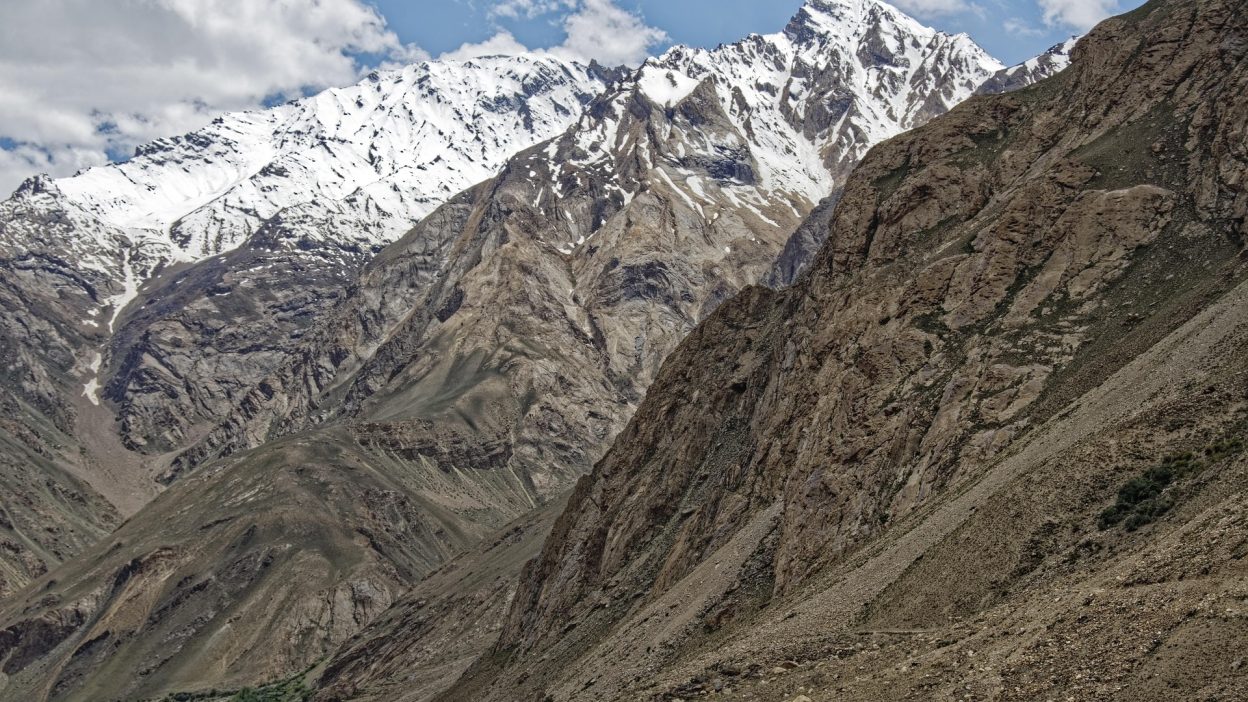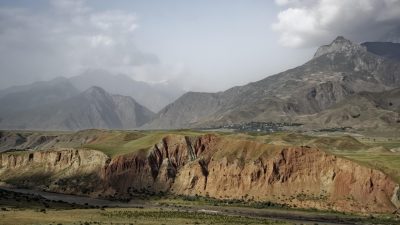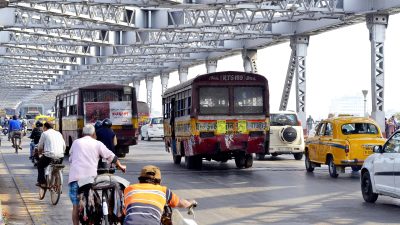When A Village Vanished Beneath The Earth
1. The Day of Disaster: How Nature Swallowed an Entire Village
The morning of 2nd May 2014 began like any other for the people of Aab Bareek, a remote village in Badakhshan Province, Afghanistan. However, just before midday, the tranquillity was shattered. A series of devastating landslides swept through the village, burying homes, families, and livelihoods under a massive wall of mud and debris. The catastrophe struck without warning, triggered by heavy rainfall that had weakened the mountainside. Within moments, a once-thriving community was reduced to a mass grave of soil and rubble.
Afghanistan’s rugged terrain and unstable geology make it prone to such disasters, but this mudslide was unlike anything witnessed before. The vast scale of destruction left authorities and rescue teams overwhelmed. As desperate survivors tried to dig out their loved ones with bare hands, the sheer magnitude of the disaster became evident—this was no ordinary landslide.
2. What Led to the Catastrophe? The Deadly Recipe for a Mudslide
The tragedy in Badakhshan was not a random occurrence. It was the result of a perfect storm of natural and human-induced factors.
Firstly, the region had been experiencing weeks of relentless rainfall, which saturated the soil and destabilised the mountainside. The geological composition of Badakhshan’s mountainous terrain, with its loose soil and steep slopes, made it especially vulnerable to landslides.
Moreover, deforestation and unregulated land use in the area further weakened the land’s natural stability. The village’s fragile infrastructure—with homes constructed on risky slopes—only worsened the impact. Experts later warned that climate change is likely to increase the frequency of such extreme weather events, placing more communities at risk of similar tragedies.
3. The Shocking Numbers: Deaths, Injuries, and the Displacement Crisis
- Death Toll: Initial reports estimated around 350 fatalities, but some sources claimed that as many as 2,700 people might have perished under the mud. The true number may never be known as entire families were buried alive.
- Injuries: Survivors suffered severe injuries, with many left trapped under debris for hours or even days before help arrived.
- Displacement: Over 4,000 people were made homeless, losing everything in a matter of minutes. The destruction extended beyond the village, affecting surrounding areas as well.
- Rescue Challenges: With roads blocked and resources scarce, emergency aid was slow to reach survivors, leaving many without immediate medical care, food, or shelter.
4. The Immediate Aftermath: A Desperate Race Against Time
As news of the disaster spread, emergency response teams, military personnel, and aid organisations rushed to the scene. However, the sheer scale of the devastation posed major challenges.
Rescuers faced impassable roads, treacherous terrain, and unstable ground, making it nearly impossible to reach buried victims. With basic tools and limited manpower, retrieving bodies and aiding survivors became an overwhelming task.
Families dug through the thick mud with their bare hands, desperately searching for loved ones. Meanwhile, hunger, exposure, and trauma gripped the displaced survivors, who were forced to live in makeshift tents with little access to clean water or medical assistance. The Afghan government, along with international humanitarian organisations, scrambled to provide aid, but for many, help arrived too late.
5. The Global Response: Was the World’s Reaction Too Little, Too Late?
The tragedy drew international attention, with the United Nations (UN), Red Cross, and humanitarian groups pledging aid. Countries such as the United States, European Union nations, and China expressed solidarity and sent emergency supplies. However, despite these efforts, logistical barriers delayed the aid from reaching those in dire need.
The Afghan government, struggling with ongoing conflicts and a fragile economy, lacked the necessary resources for an effective disaster response. Critics argued that the world’s response was slow and inadequate, leaving thousands to suffer in silence. The lack of proper disaster management infrastructure in Afghanistan only worsened the situation, highlighting the need for better preparedness against such catastrophes.
6. The Forgotten Survivors: Life After the Mudslide
For those who survived the Badakhshan mudslides, life has never been the same. Entire families were wiped out, and those who escaped were left homeless, traumatised, and struggling to rebuild.
The Afghan government provided temporary shelter, but resources remained scarce. Many survivors had to rely on foreign aid, while others were forced to migrate to neighbouring villages or cities in search of new homes. The psychological scars ran deep—many reported suffering from post-traumatic stress disorder (PTSD), nightmares, and severe anxiety following the disaster.
The lack of economic opportunities in the region further complicated recovery efforts, leaving displaced families with little hope for the future. As time passed, global attention shifted elsewhere, and the survivors of Badakhshan found themselves forgotten by the world.
7. Could This Have Been Prevented? Key Lessons from the Disaster
- Early Warning Systems: The absence of proper monitoring and warning systems meant that villagers had no chance to evacuate before disaster struck.
- Stronger Infrastructure: Poorly constructed homes on unstable slopes magnified the destruction. Improved building regulations could have saved lives.
- Reforestation and Land Management: Unchecked deforestation left the land exposed and prone to landslides. A proper environmental strategy could have mitigated risks.
- Better Disaster Preparedness: Afghanistan’s limited emergency response capacity resulted in delays and inefficiencies. Investment in disaster management could prevent similar tragedies in the future.
8. A Nation in Mourning: The Psychological and Social Impact
The 2014 Badakhshan mudslides did not only leave behind a trail of destruction but also inflicted deep psychological wounds on the survivors. Entire families were wiped out, and those left behind struggled to cope with the overwhelming grief. Many survivors experienced severe trauma, with symptoms of post-traumatic stress disorder (PTSD), depression, and anxiety becoming widespread. The sudden loss of homes, loved ones, and livelihoods created an atmosphere of hopelessness, especially for children who were left orphaned.
Socially, the disaster disrupted the traditional community structure. Many survivors were forced to relocate, breaking apart neighbourhoods that had existed for generations. The sense of unity and belonging was shattered as displaced families tried to rebuild their lives elsewhere. The psychological scars ran deep, and with limited access to mental health services, thousands struggled to process their grief. The lack of structured counselling or support meant that many suffered in silence, exacerbating the long-term emotional toll of the disaster.
9. Could It Have Been Prevented? The Failures and Lessons Learned
While the Badakhshan mudslides were primarily triggered by heavy rainfall, the role of human activity in worsening the impact cannot be ignored. Decades of deforestation, poor land management, and unregulated construction on unstable slopes significantly increased the region’s vulnerability to landslides. Government authorities had been warned about the risks, yet little was done to implement effective preventative measures.
One of the major failures was the lack of early warning systems. Villagers had little to no time to evacuate, resulting in a massive loss of life. Additionally, poor infrastructure and the absence of emergency response plans made rescue efforts difficult. Had there been proper land-use policies, reforestation efforts, and investments in disaster preparedness, the scale of the catastrophe could have been minimised. The tragedy served as a wake-up call for Afghanistan and other countries in landslide-prone areas to prioritise disaster risk reduction and community education.
10. The Road to Recovery: Rebuilding Lives and Hope
Rebuilding after such a devastating disaster was an uphill battle. With thousands left homeless, the Afghan government and international aid organisations launched relief efforts. Emergency shelters were set up, but the aid response was slow and inadequate. Many survivors had to rely on local communities and charities for immediate assistance. Food, clean water, and medical care were in short supply, prolonging the suffering of those affected.
Long-term rehabilitation was another challenge. Many survivors faced economic devastation, as their farms and businesses were buried under tonnes of mud. While international donors pledged support, the distribution of funds was often delayed due to political instability and corruption. The tragedy underscored the urgent need for stronger disaster preparedness policies, better urban planning, and sustainable development efforts to prevent similar disasters in the future.
FAQs
1. What caused the 2014 Badakhshan mudslides?
The mudslides were triggered by heavy rainfall, but human factors like deforestation and poor land management made the disaster much worse. The unstable terrain collapsed under excessive moisture, burying entire villages.
2. How many people died in the Badakhshan mudslides?
Though official figures vary, estimates suggest that over 2,500 people lost their lives. Many bodies were never recovered, making it one of Afghanistan’s deadliest natural disasters.
3. How did the government and international aid agencies respond?
The response was slow and insufficient. While emergency shelters and relief efforts were set up, survivors faced food shortages, lack of medical care, and poor living conditions.
4. Could this disaster have been prevented?
While natural factors played a role, deforestation, poor construction planning, and the lack of early warning systems contributed significantly to the high death toll. Better land management and preparedness could have saved lives.
5. What lessons were learned from this disaster?
The disaster highlighted the need for better early warning systems, sustainable development, and stronger emergency response mechanisms to mitigate future risks in landslide-prone regions.




